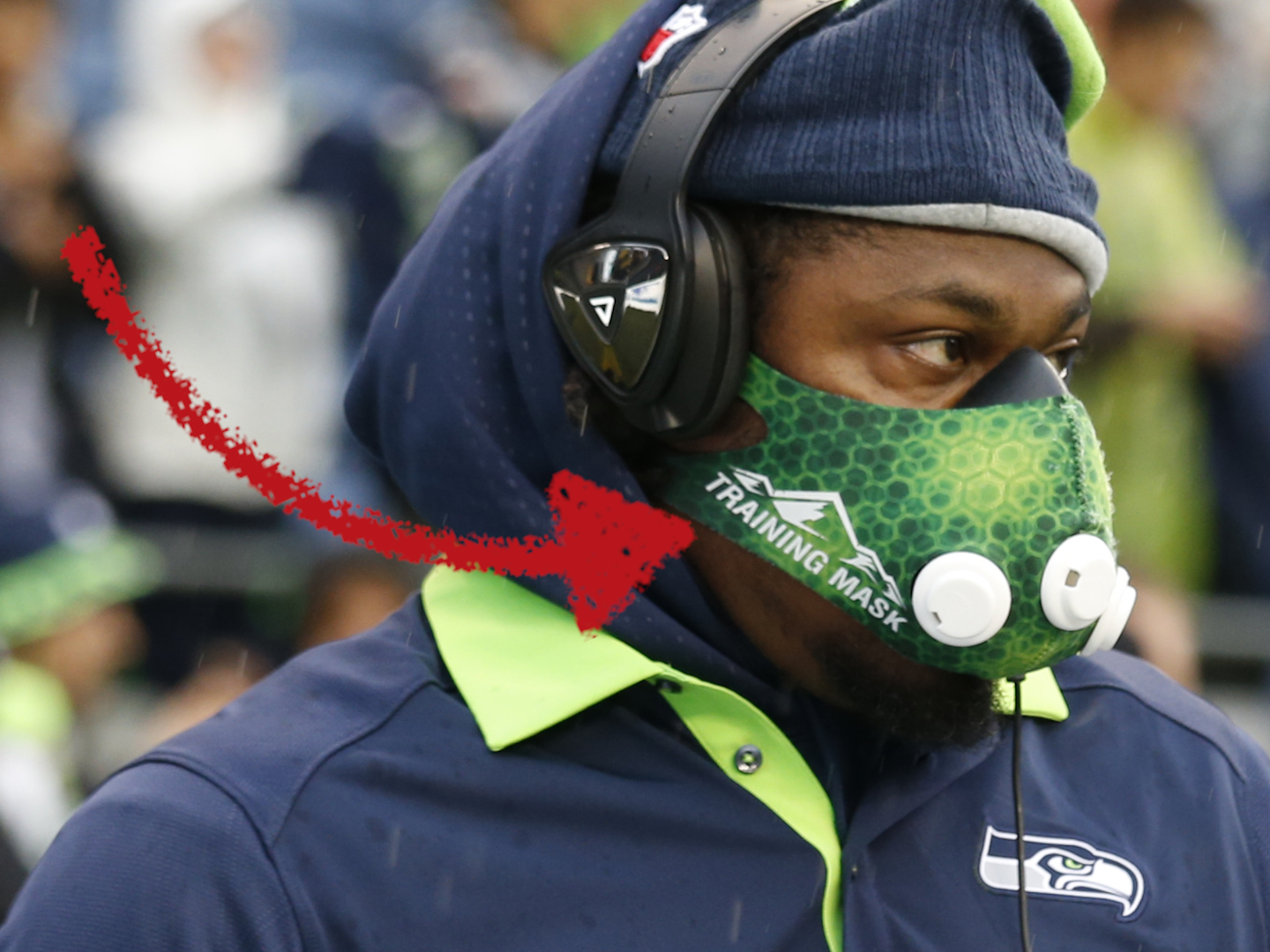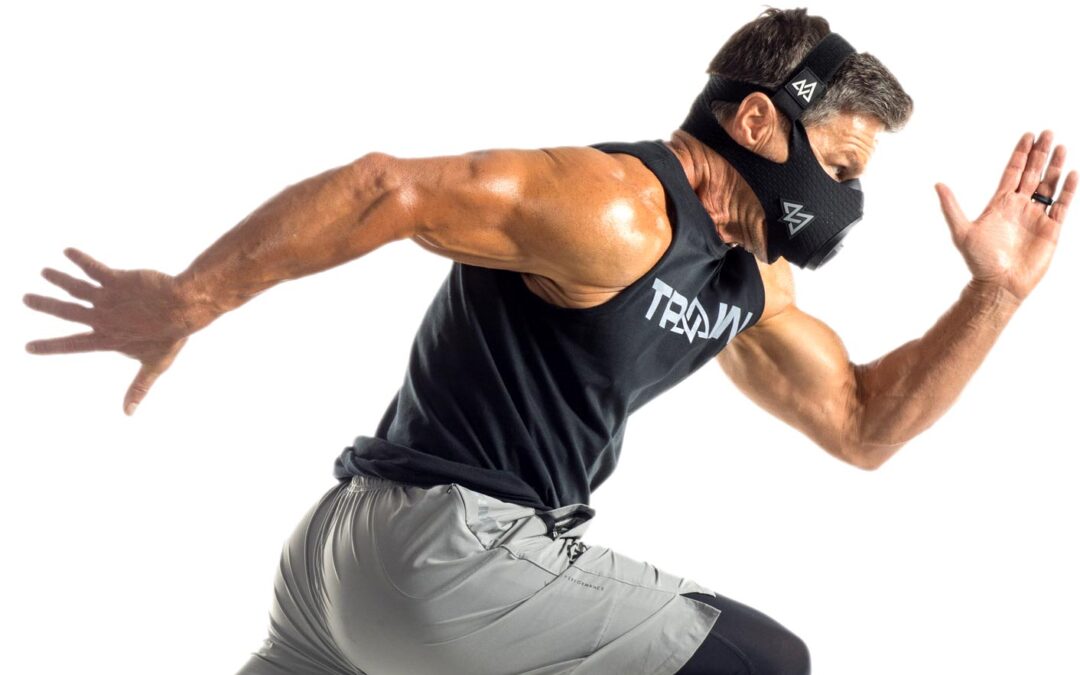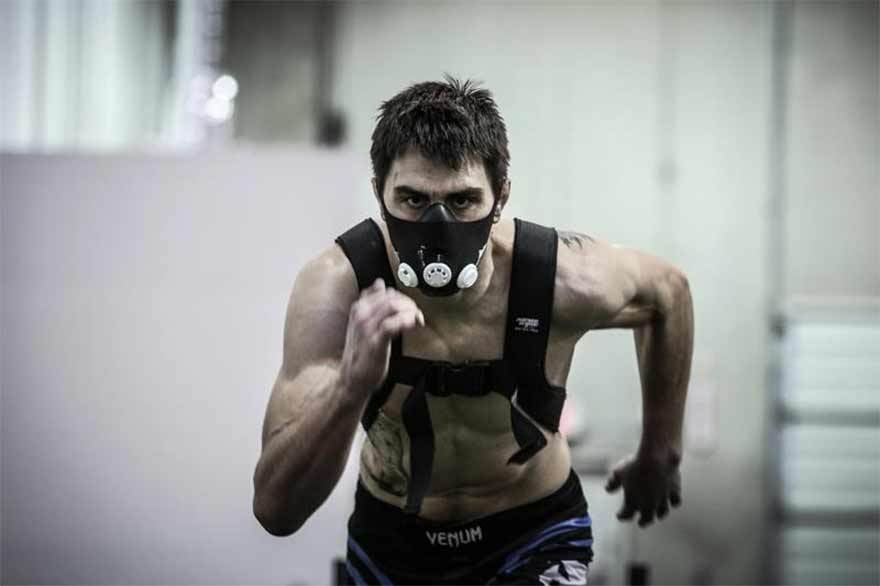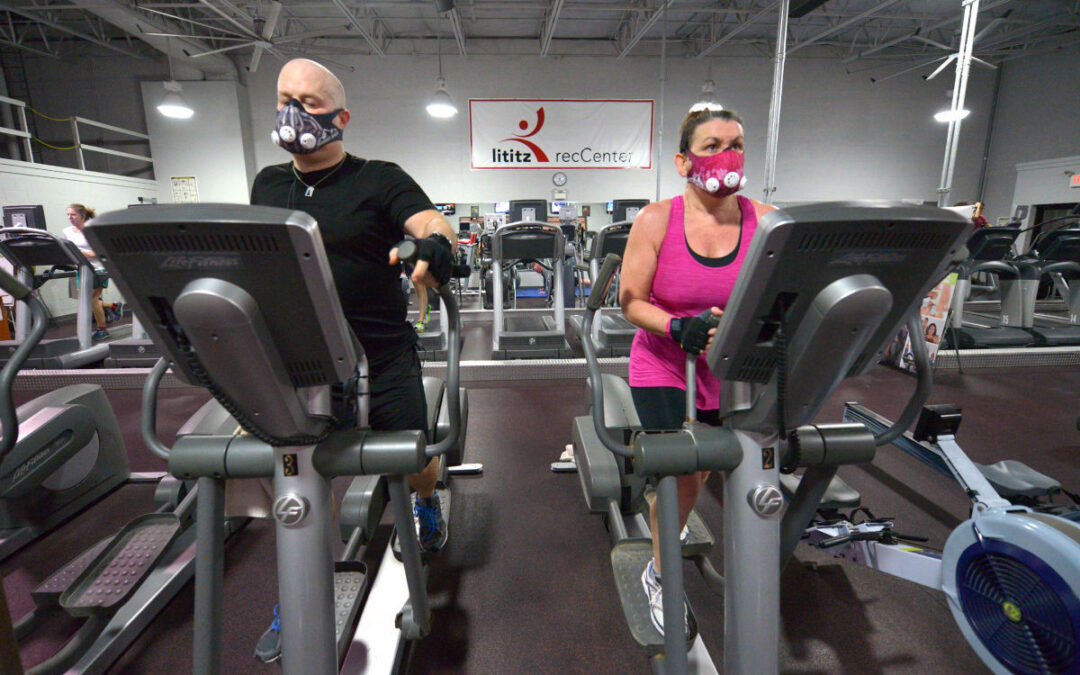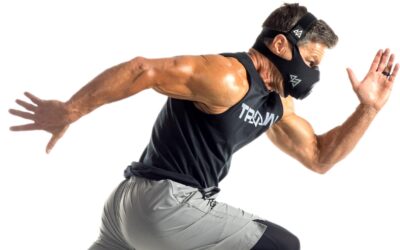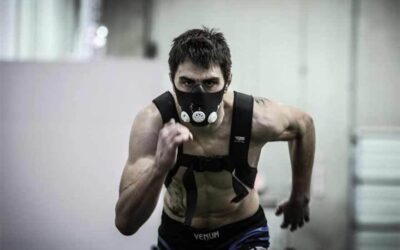In order to remain competitive, athletes and coaches are constantly looking for ways to enhance performance. When it comes to endurance training for elite athletes, every little edge they can gain come game time is important. Everyone knows that championships and gold medals are won in the weight room months and years before the bright lights are shinning and the fans are cheering. With significant advancements in training technology over the years athlete’s workouts are becoming more sophisticated. One of the more popular products that is popping up in gyms, on tracks and in pregame rituals is the training mask, and for good reason. In this long and in-depth article, we want to provide you with the most detailed look into this product, the proof from sanctioned University studies, doctors research and expert opinions to dive deep into some of the more complex measurements of aerobic capacity and put Training Mask to the test.
Can it really increase your VO2 max by 16.5%? Keep reading to find out what they science says.
The overwhelming consumer response (4.5/5 star average on 2,000+ Amazon reviews) is outstanding. However, there has been some debate in some corners of the web about the benefits of Training Mask even though the scholars point out in multiple occasions that Training Mask has the ability to increase key endurance measurements such as PPO, VO2 max and others.
The truth is that when it comes to respiratory muscle training the scientific research proves that the training mask works. You may be wondering how the science can be obvious, but some “fitness experts” do not buy in. This is because the naysayers online are addressing a different question; the question of if Training Mask simulates performing at altitude. We will address this head on later in the article.
Understanding Respiratory Endurance
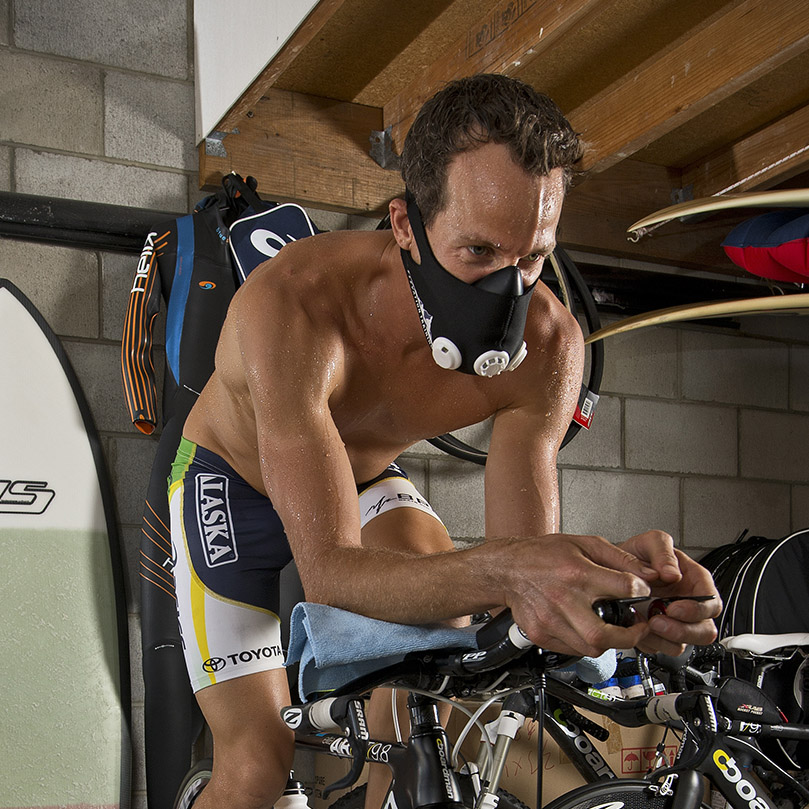
Before we get too deep into the science it is important to take a step back and understand what Respiratory Endurance is all about.
Athletes train their bodies for peak performance. They stress and breakdown their muscles to build them back up bigger, stronger and faster. No matter what exercise you are doing, what muscle group you are focusing on or what sport you are training for your body is consistently demanding oxygen from your respiratory system to get through the lift. Building stronger lungs and training your breathing technique is often overlooked even though you are literally always breathing! Endurance is generally understood as your ability to perform something for a long period of time. This endurance is built up by having a strong respiratory system that is able to continuously deliver and keep up with your muscles demand for oxygen.
Simply stated, training your respiratory system will allow your body to perform at a higher level for longer, no matter how you go about improving your stamina.
The primary thing the Training Mask works as is a Respiratory Resistance Trainer. It restricts airflow during your workout so your lungs have to work harder to generate the oxygen needed to get through the lift. Given the challenge of adding resistance to your regular breathing, it teaches you how to breath properly until this becomes second nature. When you take the mask off your respiratory system has been trained and you are able to hold more oxygen, deliver more oxygen and decrease the amount of CO2 intake.
Resistance Breathing Improves Athletic Performance
To understand why athletes are becoming obsessed with resistance respiratory training you need to understand what is happening when you “hit a wall” or have shortness of breath while you exerting your maximum amount of effort.
It may be surprising, but when you feel shortness of breath it probably is not due to the blood oxygenation levels because normal breathing already results in blood oxygenation levels of 98%-99%. What breathing deeper does allow you to do is deliver less CO2 to the blood. The less amount of breaths you take during a workout or extreme exertion will lead to better oxygenation throughout the body.
Using a breathing resistance device will help you gain control and improve this physiological response your body has.
Pros and Cons of Respiratory Resistance Training Devices Like Training Mask
Respiratory resistance training devices are great for many things but also have a few drawbacks that you should be aware of.
WHAT TRAINING MASK IS GREAT AT
The Training Mask has been proven time and time again to deliver traceable results to respiratory strengthening. There are 4 primary benefits to training with a training mask.
1) Increasing respiratory muscle power
The primary improvement you will see from training with Training Mask is an increase in respiratory muscle power due to the breathing resistance applied by the mask. When you go out and compete without the mask, this stronger respiratory muscle power will allow you to deliver more oxygen to your body and improve your stamina.
2) Improving air turnover
The amount of air you are able to take in in a single breath allows you to be more efficient in the usage of your energy. When your body is spending less time burning energy in your respiratory system you are able to allocate same energy to your muscles for stronger performance.
3) Training your body to breath properly (diaphragmatic breathing technique)
Although we are consistently breathing, many people still breath wrong. This is because breathing becomes second nature to us, we are not consciously thinking about it. When this translates to athletic performance, often times people who are not conscious of their breathing don’t even realize they have developed lazy shortcuts. Wearing the Training Mask makes you work for every breath and trains your respiratory muscles to actually work for the oxygen it is demanding.
Mental Performance (condition your body to train your mind)
Lost in all of the science, one of the main benefits from training with the Training Mask is building a mental edge. When you push your body to the limits in training, you know you are ready to perform at a top level. When you are training your hardest, you are conditioning your body to train your mind.
WHAT TRAINING MASK IS NOT GREAT AT
Making your workouts easy
If you are looking for a quick fix or easy way to success, Training Mask is not for you. Even beginners who start training with the mask should take some cautions. You are literally restricting the amount of air your body is used to consuming so the Training Mask will defiantly make your workout harder. At first, you will have to scale back your typical high intensity workout, but that is the point. Then you are able to build back up and perform at a high level even with your air being restricted.
Simulating blood cell expansion associated with training at elevation
Training at elevation has long been a secret to increasing stamina because when you are at elevation, naturally there is less oxygen in the air for your body to consumer. This means you have to get by with less oxygen, just like the Training Mask simulates at sea level. The thinner air at altitude also impacts your blood cells because with less pressure on them, they are actually able to expand. This is where a lot of the discrepancies come when people dispute the legitimacy of training masks ability to replicate the effects of training at altitude. At the core, the two parties in dispute are having two different conversations. One party is talking about the ability to replicate training with less oxygen and the other party is talking about the impacts of training with less pressure. The Training Mask is not able to put you in a decompressed atmosphere like a vacuum or hyperbolic chamber where your body would feel less pressure and your blood cells would expand to hold more oxygen. What it has been overwhelmingly successful at simulating is the restricting of the air intake your respiratory system is demanding during a taxing exercise.
Putting Training Mask To The Test – Summaries of Clinical Studies and University Research on the Training Mask
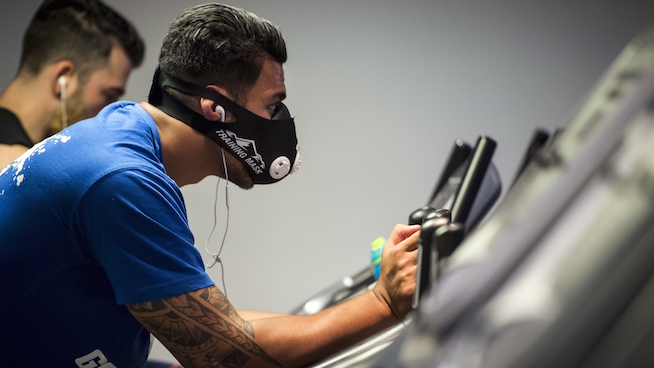
In the following section we will dive into summaries of two University sanctioned scientific research studies that tested that performance of the Training Mask and recorded their results.
STUDY #1 – Dr. John P. Porchari – University of Wisconsin La Crosse
In the first study, Dr. Porchari set out to understand the impact training with the training mask had on moderately trained subjects. He put both a control group (12 subjects at random) and a group wearing the Training Mask 2.0 (12 subjects at random) through high-intensity cycling training program for 6 weeks and recorded his findings. His goal was to see not only if the someone doing this training would improve key respiratory performance metrics, but to see if they would improve these key metrics more than a general group who was also doing the workout but not wearing the Training Mask.
The following is a direct quote from his findings:
“Wearing the Training Mask during a 6 week high-intensity cycle ergometer training program may improve performance variables, such as VO2max, PPO, VT, PO at VT, RCT, and PO at RCT” (further explanation of these respiratory performance variables below)
Specific results:
- The Training Mask group increased VO2max by 16.5% vs. control increase of 13.5%
- The Training Mask group increased PPO by 13.6% vs. control increase of 9.9%
- The Training Mask group increased VT by 14% vs. control increase of 2.1%
- The Training Mask group increased PO at VT by 19.3% vs. control increase of 9.2%
- The Training Mask group increased RCT by 10.2% vs. control increase of 1%
- The Training Mask group increased PO at RCT by 16.4% vs. control increase of 4%
STUDY #2 – Dr. Randy W. Dreger – Northern Alberta Institute of Technology
In this clinical study of the Training Mask 2.0 performed by Dr. Dreger of Northern Alberta Institute of Technology he and his team set out to understand the effect Training Mask had on performance. They put 14 subjects through a 5-week high intensity interval training (HIIT) regiment while wearing the Training Mask. Here is a summary of the findings:
- Significant increases were found in ventilation (VE) and tidal volume (TD).
- Investigators also suggest that the Training Mask strengthened the subject’s respiratory muscles which they extended to probable enhancements in VO2max
- Increase in power output was also observed
What Scientific Respiratory Key Metrics Mean Applied to your Workout
Science and research can be hard to understand because it often relies on layers of information and definitions in order to have a good grasp on to truly understand what the results show. In this section we are going to do our best to give general examples of what technical respiratory metrics mean when applied to your workout.
VO2 Max
- Training Mask has been proven to increase VO2 max.
- This is the measurement of the maximum amount of oxygen that an individual can utilize during intense, or maximal exercise. It is a measurement of the Volume (V) of Oxygen (O2)
- Applied to real life this is a measurement of how much oxygen you are consuming when your heart rate is maxed out and pumping as much blood through your body as possible. If the number is higher, this means that you are able to deliver more oxygen to your muscles, which allows them to output more effort, which effectively means you are able to run faster.
Peak Power Output (PPO)
- Training Mask has been proven to increase Peak Power Output (PPO).
- This is the peak power output of your muscles when they are being strained in the highest ‘zone’
- Applied to real life this is a measurement of how much power your muscles achieve when you are at your maximum output.
Ventilatory Threshold (VT)
- Training Mask has been proven to increase Ventilatory Threshold (VT)
- This is the point where your breathing starts to increase faster than your volume of oxygen. This generally begins to happen at 50%-75% of your VO2max.
- Applied to real life this is a measurement of the point in your workout where you start to ‘feel it”. Your engine is switching gears from medium output to challenging output. Your heart begins to race faster and you have to work harder to breathe to provide your body with the oxygen it is demanding to complete the exercise.
Power Output at Ventilatory Threshold (PO at VT)
- Training Mask has been proven to increase Power Output at Ventilatory Threshold (PO at VT).
- This is the amount of power your muscles are producing at the point when your breath is starting to outpace the volume of oxygen you are taking in.
- Applied to real life this is a measurement of how much power your muscles able to generate when you get to the point where you are “feeling it”.
Respiratory Compensation Threshold (RCT)
- Training Mask has been proven to increase Respiratory Compensation Threshold (RCT).
- This is the point where your ventilation starts becoming excessive with respect to carbon dioxide output.
- Applied to real life this is the measurement of the point in your workout that you really are “feeling it”. It is your engine taking you from a challenging level of output and into your max output zone. Your breath has turned more rapid as it seeks to not only bring more oxygen in, but is frantically trying to dispense the CO2 buildup that it has not been able to keep up with.
Power Output at Respiratory Compensation Threshold (PO at RCT)
- Training Mask has been proven to increase Power Output at Respiratory Compensation Threshold (PO at RCT)
- This is the amount of power your muscles are producing at the point where your ventilation starts becoming excessive with respect to carbon dioxide output.
- Applied to real life this is a measurement of how much power your muscles are generating at the point when you are entering your maximum output zone.
In summary, these key metrics are all indicators of how much output your respiratory system is capable of. From the clinical studies by sanctioned University, when it comes to the science, Training Mask passes the test and is proven to increase your respiratory function.


